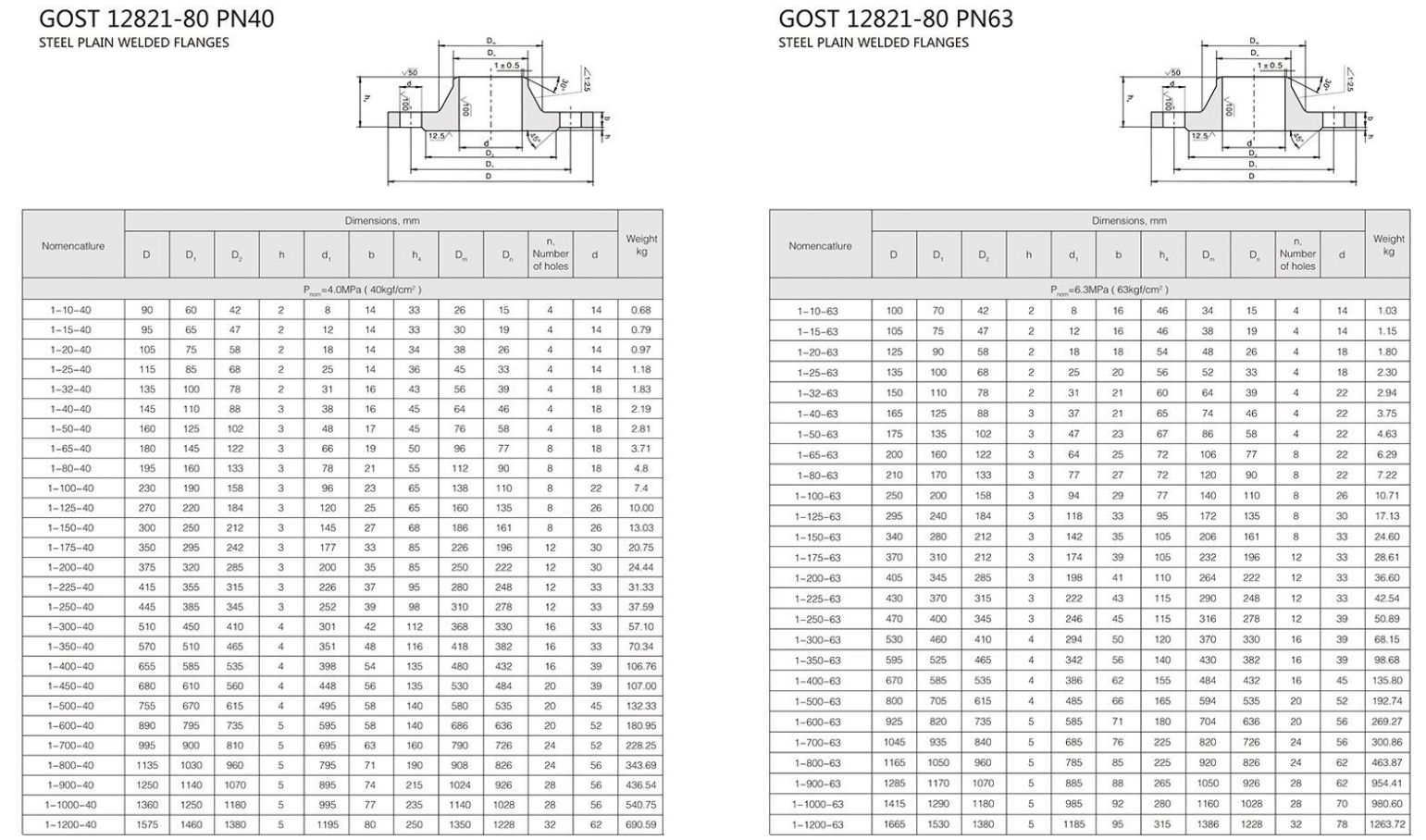-
Cangzhou Yulong Steel Co., Ltd.
-
Phone:
+86 13303177267 -
Email:
admin@ylsteelfittings.com
- English
- Arabic
- Italian
- Spanish
- Portuguese
- German
- kazakh
- Persian
- Greek
- French
- Russian
- Polish
- Thai
- Indonesian
- Vietnamese
- Zulu
- Korean
- Uzbek
- Hindi
- Serbian
- Malay
- Ukrainian
- Gujarati
- Haitian Creole
- hausa
- hawaiian
- Hebrew
- Miao
- Hungarian
- Icelandic
- igbo
- irish
- Japanese
- Javanese
- Kannada
- Khmer
- Rwandese
- Afrikaans
- Albanian
- Amharic
- Armenian
- Azerbaijani
- Basque
- Belarusian
- Bengali
- Bosnian
- Bulgarian
- Catalan
- Cebuano
- China
- China (Taiwan)
- Corsican
- Croatian
- Czech
- Danish
- Esperanto
- Estonian
- Finnish
- Frisian
- Galician
- Georgian
- Kurdish
- Kyrgyz
- Lao
- Latin
- Latvian
- Lithuanian
- Luxembourgish
- Macedonian
- Malgashi
- Malayalam
- Maltese
- Maori
- Marathi
- Mongolian
- Myanmar
- Nepali
- Norwegian
- Norwegian
- Occitan
- Pashto
- Dutch
- Punjabi
- Romanian
- Samoan
- Scottish Gaelic
- Sesotho
- Shona
- Sindhi
- Sinhala
- Slovak
- Slovenian
- Somali
- Sundanese
- Swahili
- Swedish
- Tagalog
- Tajik
- Tamil
- Tatar
- Telugu
- Turkish
- Turkmen
- Urdu
- Uighur
- Welsh
- Bantu
- Yiddish
- Yoruba

Nov . 25, 2024 12:55 Back to list
Welded Caps for Pipe Ends Durable Solutions for Various Industries
Understanding Weld-On Pipe Caps A Comprehensive Guide
Weld-on pipe caps are essential components in the piping industry, serving crucial roles in the maintenance and operation of pipelines across various applications. These fittings provide a reliable and effective way to seal the ends of pipes, ensuring that the system remains leak-proof and efficient. In this article, we will explore the various aspects of weld-on pipe caps, including their features, applications, advantages, and installation procedures.
What Are Weld-On Pipe Caps?
Weld-on pipe caps are fittings designed to cover the open ends of pipes. They are typically made from materials such as carbon steel, stainless steel, and aluminum, chosen based on the specific needs of the application and the environment in which the pipes operate. Unlike threaded caps, weld-on caps are permanently joined to the pipe through welding, creating a strong and durable seal. This ensures that the contents of the pipeline are securely contained without the risk of leakage.
Key Features of Weld-On Pipe Caps
1. Material Variety Weld-on caps come in various materials to suit different applications, including corrosive environments. Common materials include - Carbon Steel Cost-effective and widely used in low-cost applications. - Stainless Steel Offers excellent corrosion resistance, making it ideal for harsh environments. - Aluminum Lightweight and resistant to corrosion, suitable for specialized applications.
2. Size Range These caps are available in a range of sizes to accommodate different pipe diameters. Standard sizing allows for seamless integration with existing piping systems.
3. Pressure Ratings Weld-on caps come with various pressure ratings, ensuring that they can withstand the specific demands of the system, whether it involves transporting water, gas, or other substances.
4. Seamless Design The weld-on feature is integral to its design, allowing for a seamless connection that minimizes weak points and potential failure areas.
Applications of Weld-On Pipe Caps
Weld-on pipe caps are utilized in a variety of sectors, including
- Oil and Gas Used in the upstream, midstream, and downstream sectors, they help seal pipe ends in refineries, drilling rigs, and pipelines. - Water Treatment Facilitating the management and transportation of water, these caps help organize and maintain water supply systems. - Construction They are employed in various construction projects where piping is prevalent, for instance, HVAC systems and fire suppression lines. - Chemical Processing In environments where chemicals are transported, weld-on caps secure the ends of pipes, minimizing exposure and leakage.
Advantages of Using Weld-On Pipe Caps
weld on pipe caps

2. Leak Prevention The seamless nature of weld-on caps significantly reduces the risk of leakage, ensuring safer operation in hazardous environments.
3. Temperature Resistance Welded connections can withstand extreme temperatures, which is crucial in industries where heat is a concern.
4. Corrosion Resistance When made from appropriate materials, weld-on caps provide excellent resistance to chemicals and environmental factors, ensuring longevity.
Installation Process
Installing weld-on pipe caps typically involves several steps
1. Preparation Ensure that both the pipe and the cap are clean and free from contaminants. This helps in achieving a strong weld.
2. Alignment Position the cap over the end of the pipe, ensuring that it aligns properly for optimal welding.
3. Welding Use the appropriate welding technique (such as TIG or MIG) to join the cap to the pipe. Follow safety protocols to protect against fire hazards and fumes.
4. Inspection Once the weld has cooled, inspect the joint visually or through non-destructive testing methods to ensure a secure bond.
Conclusion
Weld-on pipe caps are integral components in various industries and applications, providing durable and reliable seals for pipes. Their ability to prevent leaks, withstand extreme conditions, and resist corrosion makes them a preferred choice in many scenarios. Understanding the features, applications, and installation processes associated with weld-on pipe caps can help professionals make informed decisions in their respective fields. As industries continue to evolve, the relevance and importance of high-quality piping components like weld-on caps will undoubtedly remain crucial for safe and efficient operations.
Latest news
-
ANSI 150P SS304 SO FLANGE
NewsFeb.14,2025
-
ASTM A333GR6 STEEL PIPE
NewsJan.20,2025
-
ANSI B16.5 WELDING NECK FLANGE
NewsJan.15,2026
-
ANSI B16.5 SLIP-ON FLANGE
NewsApr.19,2024
-
SABS 1123 FLANGE
NewsJan.15,2025
-
DIN86044 PLATE FLANGE
NewsApr.19,2024
-
DIN2527 BLIND FLANGE
NewsApr.12,2024
-
JIS B2311 Butt-Welding Fittings LR/SR 45°/90° /180°Seamless/Weld
NewsApr.23,2024











